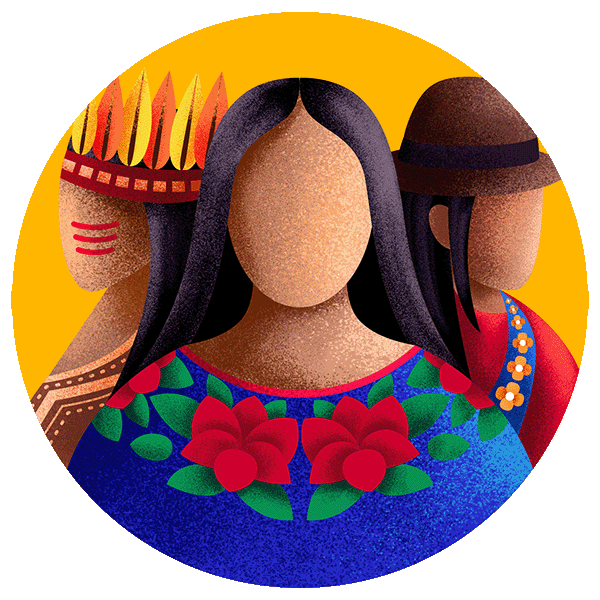
Indigenous Peoples With Disabilities speak at UNPFII 2015
Interview at the United Nations Permament Forum on Indigenous Peoples, May 2015 in New York. Listen to a members of the Indigenous Peoples Global Network speak about how they want to be included as Indigenous Peoples with Disabilities in the broader movement.
WCIP Interview with Mililani Trask: We are the Mothers of Our Nations
Indigenous Hawaiian leader Mililani Trask speaks about Indigenous women leaders and matriarchal societies.
WCIP: Mililani Trask on the Importance of Cross-Cultural Support Among Indigenous Women
Mililani Trask talks about the importance of cross-cultural support between Indigenous groups and how Indigenous women have been key to bringing this about.
Learning Rights Not Taught at Home
World Conference of Indigenous Women 2013
Jinumu - Pingtung of Taiwan
Jinumu, an Indigenous woman from Taiwan, uses the World Conference of Indigenous Women as an opportunity to learn more about the rights of women since indigenous rights and women’s rights are not topics that are often discussed in her home country.
Saami Women Roles
World Conference of Indigenous Women 2013
From the Saami community in Norway, Gudrun E E Lindi believes that by collaborating with women from other indigenous communities, she can make a global impact and create positive change.
First From Community To Attend Conference
World Conference of Indigenous Women 2013
Rafaela Buillard of Marsabit, Kenya
When Indigenous women like Raffaella Bulyaar of the Maasai people are able to attend global conferences, they are able to bring useful information back to their people in order to further discuss and learn ways to grow as a community and defend their human rights.
Indigenous Solutions, Not Victims
World Conference of Indigenous Women 2013
Andrea Landry, Anishinabek from the traditional territory of the Ashinaabe people, voices the importance of straying away from relying on the federal government to save indigenous communities and instead suggests working as a community toward changes within that community for more productive results. Landry believes confronting and talking about important issues as a community can lead to positive change.
Preventing Violence Against Indigenous Women
Alta Outcome Document WCIP 2014
Indigenous communities need to work with States to develop mechanisms that prevent violence against women.
